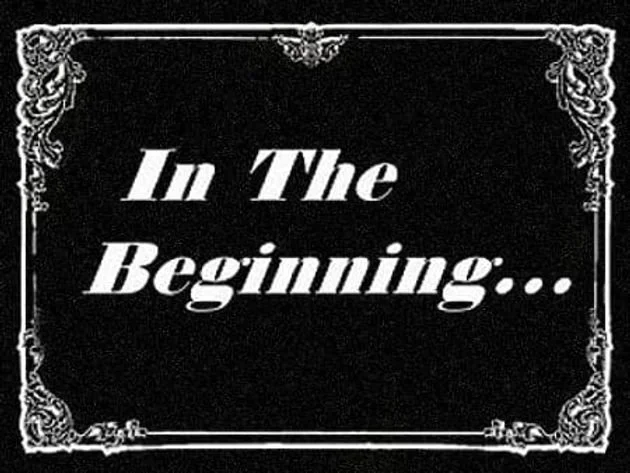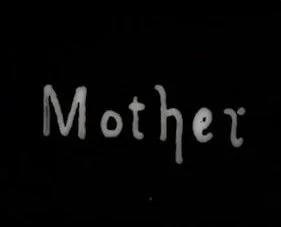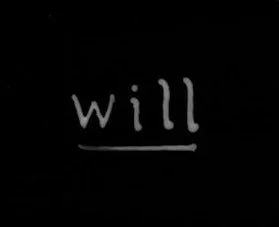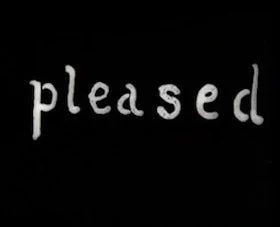
If language is our primary tool for expression and communication, then subtitles are a medium through which we achieve that. Transcriptions of spoken dialogue, subtitles translate words from one language to another, conveying information from video footage in a way that is accessible and easy to understand. The medium pervades many forms of popular media: translations in our favorite anime shows, captions in music videos, transcriptions of speeches, and more. Here, subtitles open worlds of information without detracting from the film’s original audio. Today, we’ll explore how the art of subtitles can engage and connect people through a seamless viewing experience.
As we delve into the origins and evolution of subtitles, we’ll examine subtitles’ influence over time, as well as how or when meaning can get lost in translation.

How it Feels to Be Run Over (1900)
Uncle Tom’s Cabin (1927)
Cinema etiquette title card (1912)

The first films, shot in France, were silent, totally devoid of music and dialogue. Yet, as technology in motion pictures advanced, by 1903 Edwin Porter’s first famous rendition of Uncle Tom’s Cabin came along. Based on Harriet Beecher Stowe’s novel that swept the nation, the film carried cutting edge innovations - of them, intertitles would pave the way for the subtitles we see today.
Texts written or printed on pieces of paper, Porter displayed his intertitles between sequences of his film, incorporating the text to describe what went on in place of dialogue. Intertitles made translation a breeze: through translating what was spoken onto a card, film-makers could shoot a film and distribute it worldwide. However, it would take the introduction of sound to film to push intertitles to a new frontier. With the rise of the “talkies,” films where actors could speak and be heard, film makers introduced dubbing to communicate language. Yet, the process of recording additional soundtracks in foreign languages was complex and tedious. As a solution, film makers reinvented subtitles - they forged subtitles to be read at the bottom of the screen without interrupting the picture.

Frames from the final moments of Cecil Hepworth’s How it Feels to Be Run Over (1900).

Machine translation is responsible for much of today’s closed-captioning and subtitling of broadcast and online streaming video. It can’t register sarcasm, context, or word emphasis. It can’t capture the cacophonous sounds of multiple voices speaking at once, essential for understanding the voice of an angry crowd of protestors or a cheering crowd - it types what it registers. Yet, the art form has become endemic within the film scene. In recent years, the subject of language has been prominent on American movie-award stages. In 2019, after winning best foreign-language film at the Golden Globes for Parasite, the South Korean director Bong Joon Ho had memorably urged viewers to “overcome the one-inch-tall barrier of subtitles.” Parasite was also nominated for Best Picture at the Oscars, becoming the first non-English-language film to win the top prize. For non-native English speakers or any of the 36 million deaf or hard-of-hearing Americans, subtitles in popular TV-shows like Game of Thrones enable viewers to understand languages like High Valyrian and take part in the story of exactly how Daenerys intends to free the slaves of Essos.

Subtitles are not just a boring device to help an audience through a foreign film. They are a powerful tool in filmmaking, allowing words to help shape and carry the meaning of a sequence. Subtitles can enhance the audience’s viewing experience and reveal what can’t be said. So next time, when you turn on the subtitles to your favorite anime show or music video, look into how they might enhance the viewing experience, and how they allow words to help shape and carry the meaning of a sequence. Here, subtitles can enhance our viewing experience and reveal what can’t be said.
All images are public domain
Web Page Design by EILEEN CHEN












